The Arms and Armour of Selly Manor
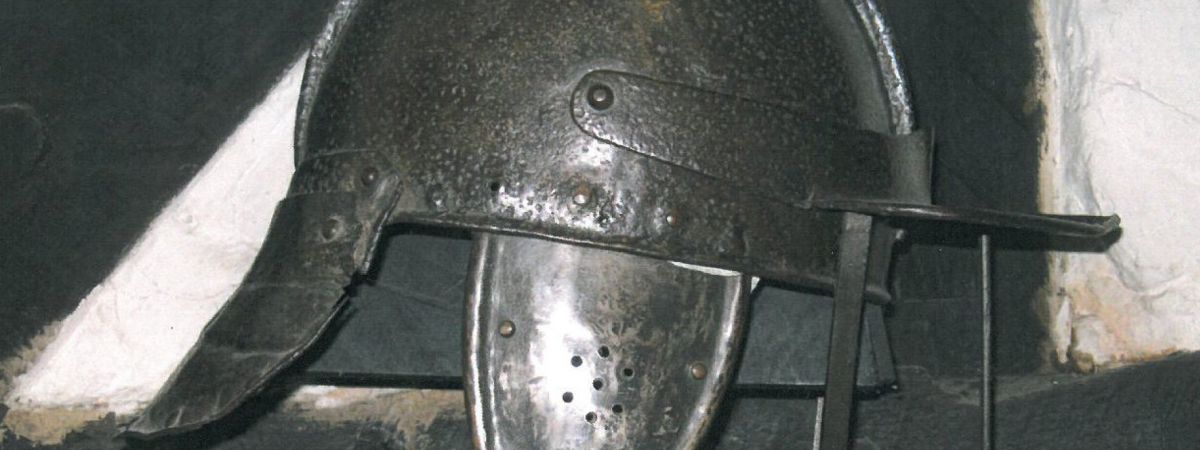
Share
The Arms and Armour of Selly Manor
Connections to the English Civil War
In the garret of Selly Manor, on display is a collection of arms and armour that span over a period of a few centuries. However, you may be wondering when and how these items were used. Although there is no information regarding whether the inhabitants of Selly Manor over the centuries were involved in post-medieval warfare, it is still worth imagining individuals living in similar abodes partaking in conflicts such as the English Civil War. This online exhibition will examine several arms and armour from the Laurence Cadbury Collection, which is in display in the Manor, as well as situate these objects within the context they were used, namely in the English Civil War. Local history will be incorporated through the examination of particular events in the Midlands during the conflict.
The English Civil Wars were a series of conflicts spanning from 1642-51 pitting the supporters of the monarchy against groups who opposed King Charles Is reign, namely the Parliamentarians in England. The main conflict was particularly concerned with how England was governed, and questions regarding religious freedom. The execution of King Charles I on the 30th of January 1649 ushered in the Interregnum, lasting until 29th of May 1660, with the restoration of the monarchy under King Charles II.
A selection of Arms and Armour in the Laurence Cadbury Collection
Of the helmets on display in the garret of Selly Manor, the Morion, Cabasset, and Pot helmet would have been used in the English Civil War. Two similar helmets, the Morion helmet and the Cabasset helmet, are typically associated with Spanish soldiers, and they have a large central comb that reinforces the helmet, with the brim angled downwards. In the context of the 16th century, this helmet was suitable to account for the changes in tactics and equipment, especially in relation to the dominance of firearms and the increase of light cavalry and infantry. Cavalrymen employed this helmet because it provided a balance between ventilation and vision. Because the helmet is open-faced, this would allow the cavalryman to take aim with their firearm. The infantryman meanwhile would be protected against a mounted man who would aim for the head. The blow inflicted by a cavalryman would have further been absorbed by the lining of the helmet, usually made of linen canvas padded with wool or horsehair. The crescent shape of the comb would have transferred the energy of the blow down towards the ridge of the helmet. The Pot helmet was also used during the English Civil War. Here, three bars construct the face guard which forms a type of visor with a pivoting peak. The visor is hinged and would have been worn by a harquebusier (light cavalryman) of the English Civil War.
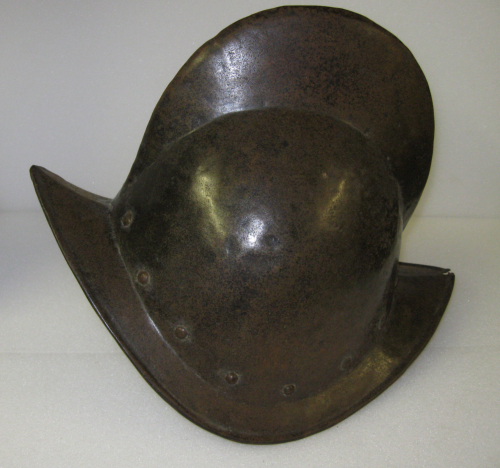
(Fig.1 Morion Helmet from the Laurence Cadbury Collection)
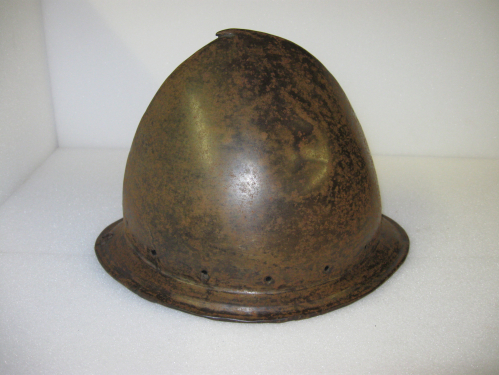
(Fig.2 Cabasset Helmet from the Laurence Cadbury Collection)
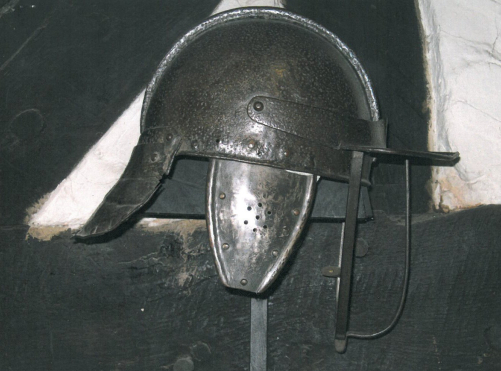
(Fig.3 Pot Helmet from the Laurence Cadbury Collection)
On display in the garret is also a Georgian naval boarding pike dating to the early 19th century. Although it dates long after the English Civil War, it can be used as a comparison to long pikes used by the infantry in land warfare. Boarding pikes like these were used to fight back boarders and therefore was developed for use at sea. The head of the pike has a triangular cross section designed for thrusting, known as a pick-style. Long pikes used on land have a leaf-style head designed for cutting with a sharp edge.
To accommodate for the cramped confines of a ship, the boarding pike was around half the size of a land pike, measuring at 7ft 4 inches long. In the English Civil War, pikes were the most commonly used weapon by infantry, since they were cheap to make and soldiers did not need much training to use them. Although they were constructed to be 16 foot in length, soldiers would often saw a few feet off the bottom for easier transportation. In the army, the Pikemen would often form the front line, operating in tandem by lowering their pikes to prevent their ranks breaking from a cavalry charge. The pikes would injure the horses, throwing off the rider who would then be targeted by soldiers using muskets or swords.
The English Civil War in the Midlands
In Laurence Cadburys collection there is also a breastplate that would have originally included back plates, in conjunction with sections to protect the limbs. The cuirass, a piece of armour comprised of the breastplate and backplate fastened together, would have also been included to protect the torso. Alongside the helmets discussed previously, the breastplate would have been used by cavalrymen. This breastplate is especially interesting as it links to the local history of the West Midlands during the English Civil War. Purchased by Laurence Cadbury in 1932, this piece of armour was unearthed at Ludlow Castle. This location was an important Royalist stronghold during the conflict. It was here that King James I declared the future Charles I as the Prince of Wales in 1616. During the English Civil War, Ludlow supported the Royalists however in 1642 after a short siege, the Parliamentary army from Hereford took the castle. Despite a Royalist plot attempting to retake the castle in 1648, Ludlow remained in the hands of Parliamentarian governors during the interregnum. Following the conflict, the castle never recovered from the war.
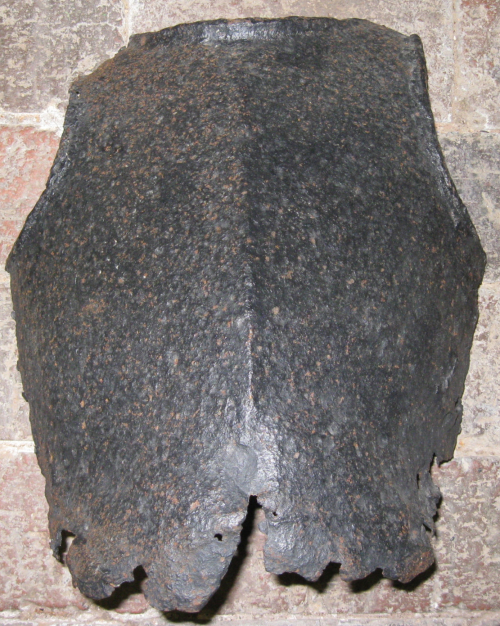
(Fig. 4 Breastplate unearthed at Ludlow Castle, from the Laurence Cadbury Collection)
The West Midlands saw a number of other important events during the English Civil War such as the Battle of Camp Hill, sometimes referred to as the Battle of Birmingham. The Midlands was strategically important for the Royalists, especially in 1643 when the Queen Henrietta Maria and the Earl of Newcastles munitions convoy stationed in York needed a safe route to join forces with the Oxford army further south. The man to command the force to secure the Midlands would be Prince Rupert (fig, 6) who was appointed by his uncle King Charles I. First on his list of locations to secure was Birmingham, a location which held particularly strong puritan sentiments, as well as an important source of iron which supplied the Parliamentary forces. At Camp Hill, the 200 strong force of Parliamentarian men, under the command of Captain Greaves, erected earthworks at Camp Hill. These defences were much needed as there were no walls or natural defences in Birmingham. On the 3rd of April, Prince Rupert and his force of 1,200 horse and 700 foot approached Camp Hill. The defenders put up a brave defence, despite essentially being a rabble in the face of well-trained Royalist troops. They were able to drive back Ruperts forces twice, despite being under heavy fire. When the Royalists were able to advance into Birmingham, they faced staunch resistance, at one point temporarily halted by a counterattack. However, eventually the Parliamentarians were routed, and the Royalists proceeded to plunder and burn the town.

(Fig. 5 Prince Rupert of the Rhine, King Charles I's nephew)
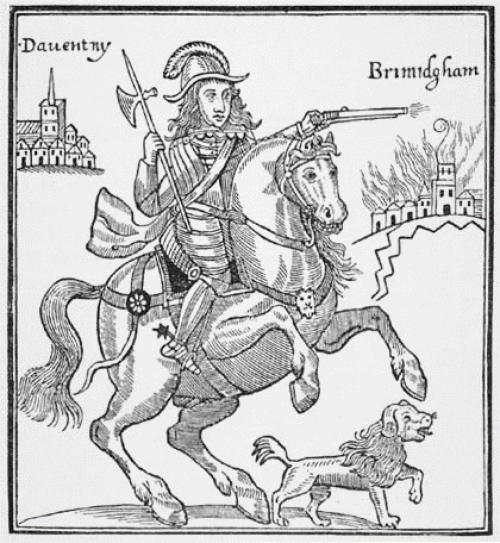
(Fig. 6 Battle of Camp Hill, depicting Prince Rupert)
Following Birmingham, Ruperts campaign in the Midlands advanced towards Lichfield, which was captured by the Parliamentarians under the Puritan magnate Lord Brooke in March of 1643. The Parliamentarian forces were able to capture Lichfield following their victory over Colonel Wagstaffes Royalist at Stratford-upon-Avon. Rupert besieged Lichfield, with the Cathedral being transformed by the defenders into a fortress. The 10-day siege was initially unsuccessful, as the defenders managed to repel a number of advances on the walls of the Cathedral Close. The recognition that the Royalists were unable to make a breakthrough prompted Prince Rupert to employ fifty miners to dig tunnels towards the walls following the draining of the moat surrounding the Cathedral Close. These tunnels were filled to the brim with gunpowder then detonated on the 20th of April, allowing Ruperts forces to flood through the breach in the defences, aiding in the Royalist victory in Lichfield. However, his campaign to secure the Midlands was cut short when the Royalist capital of Oxford was under threat.
The collection of arms and armour at Selly Manor sheds a light onto the period of the English Civil Wars and aids in how we can understand the experiences of the troops involved in the conflict. These objects provide a connection to the events rooted in the history of the Midlands. For example, although the exact date of the breastplate is unknown, one can imagine a Royalist trooper garrisoned at the castle wearing it during the Parliamentarian attack. Connections like these of material history offers a chance to bring to life the rich history of the Midlands.
Ned Monkman- University of Birmingham Student Placement